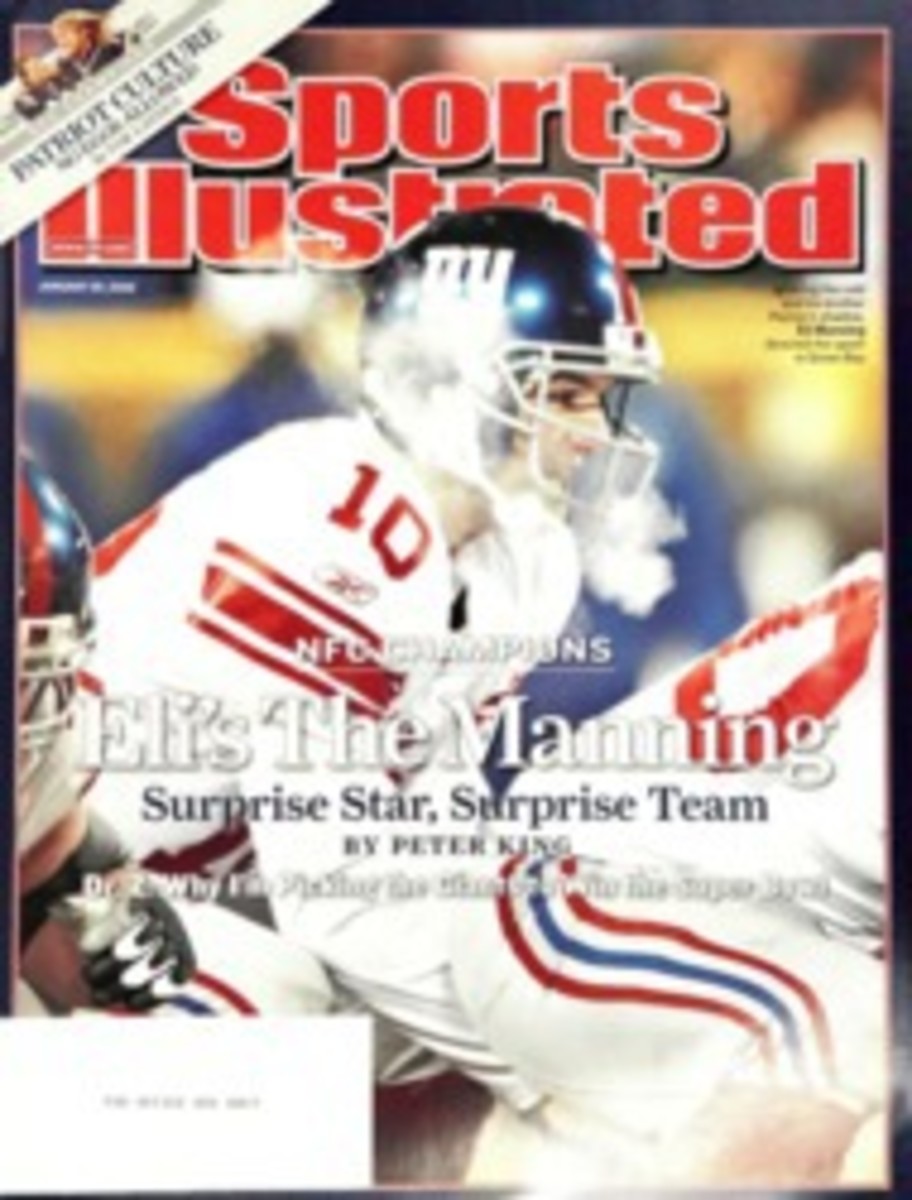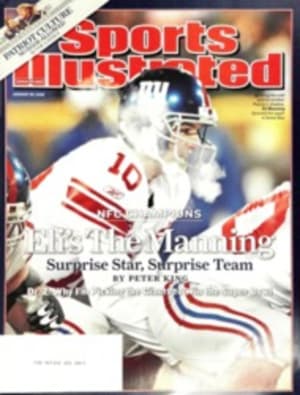
Checkered Genius
WHEN CHESS master Bobby Fischer died of renal failure in an Icelandic hospital last Thursday, at age 64, he left trailing in his thickly bearded wake a legacy as confusing and mixed as it was memorable and even magical. In spasms of emotion ranging from grief and love to anger and rage, the Internet suddenly brimmed with hundreds of ardent expressions sent from around the globe, many collecting as notes in a bottle in website pools; others arrived in the form of videos set to music.
Underlying all of this was the unmistakable sense that Fischer's death brought the curtain down upon a story that had the arc of an American tragedy. The tale began with a lonely boy of six learning to play chess by himself in his Brooklyn apartment; traced his rise to the summits of world chess, where he captured the world championship from the Soviet Union's Boris Spassky; and then followed him, fatally flawed as he was, on his slow descent into reclusion, paranoia, and international flight—to that final, terrible madness which owned him to his death. Fischer was no Prince Hamlet, but his brilliance was utterly undeniable, just as his demons were many, and for those who loved the way he played chess—who'd always seen his games as high art annealed, diamondlike, under crushing pressure—his death evoked a lingering sadness for something lost a long time ago, for uncreated masterpieces and things that only might have been.
With an IQ measured at 181, a voracious appetite for book study and the artist's love and intuitive feel for the game, Fischer began demonstrating early his extraordinary proficiency, competitive spirit and derring-do in that world of 64 squares. He burst on the national scene when, on Oct. 17, 1956, in a widely publicized contest still known as The Game of the Century, he sacrificed his queen on the 18th move in a match against 26-year-old master Donald Byrne. Surrounded by astonished adults, the 13-year-old boy then mounted a beastly attack against Byrne's position, picking off pawns and other pieces like cherries from a tree, until Byrne's denuded forces left his king no place to hide. Fischer mated him on his 41st move.
The shy, sweet, brown-eyed little genius had arrived. Over the next 16 years, as victories mounted, his ego expanded and his mental health grew more precarious. He became unruly and unpredictable, demanding that certain conditions be met for him to play, at times walking out of tournaments fearing that the Russians were plotting to kill him. Even as his behavior grew more erratic, his chess grew stronger. In qualifying rounds on his march toward Spassky's title, Fischer won 20 straight games against the world's best players without playing a single game to a draw—an unprecedented feat that still rings today as the clearest expression of his art and skill. By then he was being proclaimed, in the realm of chess, as brilliant as Bach in music, as Picasso in painting. To many he was the strongest player in the history of the ancient game. Or, as former world champion Mikhail Tal once said, "the greatest genius to have descended from the chess heavens."
And, surely, the most maddening. Making assorted demands, threatening not to show, Fischer, in 1972, turned his scheduled match against Spassky into an international circus. Set against the backdrop of East-West tensions, the competition became another theater of the Cold War. Ultimately, it took a desperate plea by Secretary of State Henry Kissinger to get Fischer to push his first pawn. But push he did, ultimately crushing Spassky in a two-month contest that transformed chess into a national craze and Fischer into a national hero: the lone American who had vanquished the Russian chess machine.
Then, as quickly as Fischer came, he left. He disappeared completely, a wanderer going nowhere, a recluse trapped in increasingly paranoid fantasies that the Russians were out to get him. He had all the metal fillings in his teeth removed to prevent the Russkies from influencing him through radio signals. Though a Jew himself, he became a rabid anti-Semite, an admirer of Hitler's Mein Kampf; to anyone who would listen he would take off in angry rants aimed at Jews, Communists and the chess establishment. He moved about with a suitcase full of exotic balms and pills. He was gone. Serious chess players everywhere, yearning to follow his genius, felt lost in his darkling void. Imagine a young and brilliant Tiger Woods, after winning those four majors in a row, slipping into oblivion.
Fischer did make one return. In 1992 a Yugoslav businessman lured him and Spassky to the Adriatic resort town of Sveti Stefan to renew old hostilities. Fischer won the $3.5 million first prize, occasionally playing brilliant chess, but he was promptly indicted by a federal grand jury for violating a U.N. embargo against Yugoslavia. Facing U.S. arrest, Fischer became a stateless drifter, moving between Europe and Asia. His anti-Semitism grew even more virulent. In 1997 he despaired at the death of his mother, Regina, and then at the passing of his sister, Joan, who first taught him the moves of the game. He began to sound increasingly insane, becoming angrier, louder, even exulting publicly when America was attacked on 9/11: "Wonderful news," he said. In 2004 he was arrested in Japan for attempting to travel on an expired U.S. passport and was saved from deportation to America only after Iceland, where he had won the title 32 years before, offered him a home and citizenship.
So there he died, near the scene of his greatest triumph. Thirty six years earlier, after resigning that final game, a beaten Spassky said, "Fischer is a man of art, but he is a rare human being in the everyday life of this century."
Rare, indeed, and hauntingly sad.
ONLY AT SI.COM
Your one stop for offbeat humor and the wackiest sports stories and links, including Hot Clicks and the Daily List, is SI.com/extramustard.
"Fischer's death brought the curtain down upon a story that had the arc of AN AMERICAN TRAGEDY."
PHOTO
PHOTO ILLUSTRATION BY JOHN UELAND

